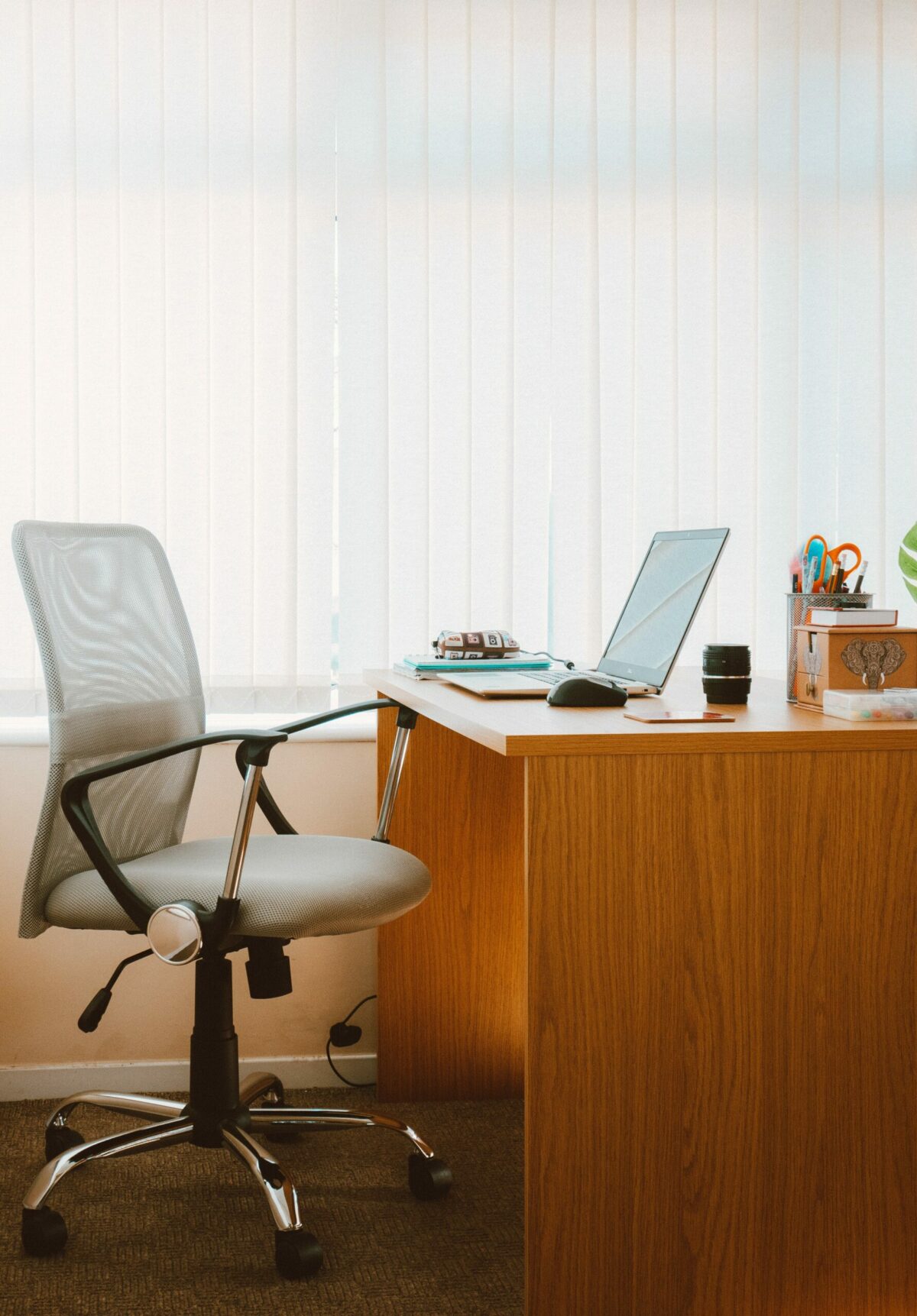The typical image of a good meeting room in most minds is a long table and a decent screen. That might work for quick updates, but once you’ve sat through a long strategy session or creative brainstorm in the wrong chair, you realize how much the furniture sets the tone.

Meeting rooms are more than just rooms. They’re decision-making spaces, collaboration hubs, and sometimes the only place people really talk face-to-face. If the space feels off—even slightly—it affects how people contribute, how long they stay engaged, and how well they remember what was said.
And most of the time, the culprit isn’t the agenda or the facilitator. It’s the furniture.
Comfort Is a Big Deal
Rigid chairs or a cramped table take away everyone's attention. You stop listening and begin adjusting your position. You fidget, then look around for a better seat. Through the meeting, you check the time and hope that it's over in a few minutes.
The problem isn't your attention span. It’s the discomfort creeping in and stealing your focus. Meetings can run 30 minutes or two hours. If everyone's expected to contribute, the least you'd want is for the team to get distracted and feel inconvenient. An ergonomic chair provides not just comfort, but it also allows users to sit and stay focused.
An ergonomic chair takes care of the natural posture. Even if the team members should spend their whole day in the boardroom, there should be no problems. Ergonomic chairs don't restrain movement, so it allows everyone to sit in positions they feel comfortable with.
Table Design Affects Communication Flow
Tables are often overlooked in meeting rooms. Offices assume that giving a broad platform for everyone's laptops and some papers should be enough. The amount of space these long rectangles give may be helpful. However, apart from being cliché, this overused setup doesn’t always serve the meeting’s purpose.
A narrow rectangular table might make sense for formal meetings. Especially when someone has to lead. However, this creates physical hierarchy. Whoever sits at the head often dominates the discussion, even unintentionally. They can shut down quieter voices in the room, so it's not really good for a team, where everyone's encouraged to speak out their ideas.
Round or oval tables encourage more balanced dialogue. Smaller tables broken into zones can support breakout-style discussion without needing to leave the room. The layout should reflect the kind of conversations you want to happen.
The height matters, too. If someone’s elbows are awkwardly high so they can reach their laptop, their posture suffers. On the other hand, armrests that are too low, serve no purpose. It's important that both the chair and its armrest can be adjusted, to meet varying posture requirements.
Don’t Forget What’s Under the Table
People forget about legroom until they need it. Under-table design matters more than you’d think. Big structural bases, wiring boxes, or bulky support beams might limit where people can comfortably sit.
When movement is restricted, people lean, cross their legs awkwardly, or hunch. That tension climbs up the body and eventually affects focus. A table should support laptops and notepads—but also allow feet to move and knees to shift freely.
Furniture Choices That Actually Support Better Meetings
There are a few furniture decisions that quietly—but powerfully—improve how a meeting space functions:
- Chairs with mobility let people pivot and adjust position, which keeps energy up.
- Tables with cable management reduce clutter and keep devices charged without cords everywhere.
- Neutral seating layout avoids creating physical power dynamics in collaborative settings.
- Built-in storage keeps materials accessible without piling them on the table.
- Flexible seating supports quick layout changes depending on the group size or meeting type.
Meeting rooms don't need to be large. They just need to be flexible to be able to physically support everyone's needs. If the chairs make you stiff or the table cuts off line of sight, collaboration slows down. If the tech is hard to access or there’s nowhere to charge a laptop, distractions take over.
Good modern office furniture blends in when it works right. You don’t think about the chair or the table—you just stay in the zone. But when it’s off, everyone notices, even if they don’t quite know why.
At the end of the day, better meetings start with better comfort. Not flashy or expensive—just functional. And when the furniture supports that, the rest of the meeting tends to go a whole lot smoother.

















Leave a Reply